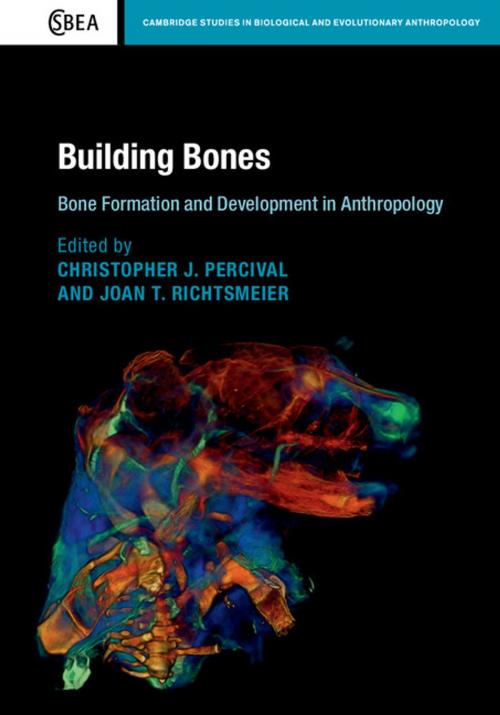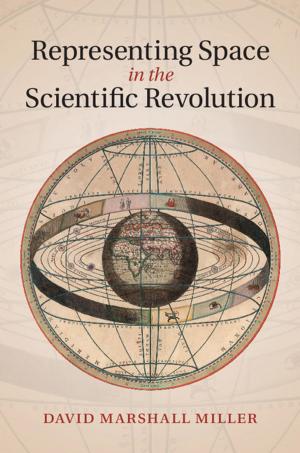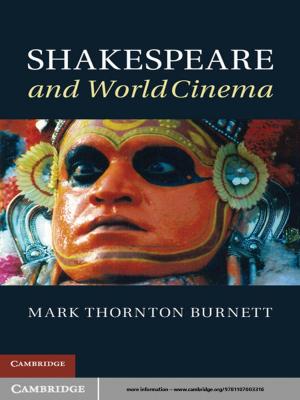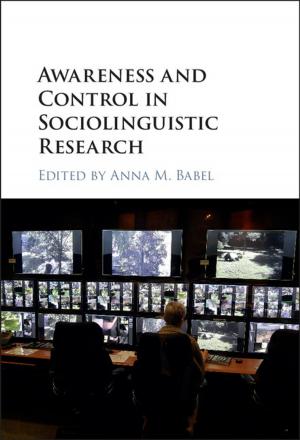Building Bones: Bone Formation and Development in Anthropology
Nonfiction, Social & Cultural Studies, Social Science, Anthropology, Science & Nature, Science| Author: | ISBN: | 9781108206570 | |
| Publisher: | Cambridge University Press | Publication: | February 23, 2017 |
| Imprint: | Cambridge University Press | Language: | English |
| Author: | |
| ISBN: | 9781108206570 |
| Publisher: | Cambridge University Press |
| Publication: | February 23, 2017 |
| Imprint: | Cambridge University Press |
| Language: | English |
Bone is the tissue most frequently recovered archaeologically and is the material most commonly studied by biological anthropologists, who are interested in how skeletons change shape during growth and across evolutionary time. This volume brings together a range of contemporary studies of bone growth and development to highlight how cross-disciplinary research and new methods can enhance our anthropological understanding of skeletal variation. The novel use of imaging techniques from developmental biology, advanced sequencing methods from genetics, and perspectives from evolutionary developmental biology improve our ability to understand the bases of modern human and primate variation. Animal models can also be used to provide a broad biological perspective to the systematic study of humans. This volume is a testament to the drive of anthropologists to understand biological and evolutionary processes that underlie changes in bone morphology and illustrates the continued value of incorporating multiple perspectives within anthropological inquiry.
Bone is the tissue most frequently recovered archaeologically and is the material most commonly studied by biological anthropologists, who are interested in how skeletons change shape during growth and across evolutionary time. This volume brings together a range of contemporary studies of bone growth and development to highlight how cross-disciplinary research and new methods can enhance our anthropological understanding of skeletal variation. The novel use of imaging techniques from developmental biology, advanced sequencing methods from genetics, and perspectives from evolutionary developmental biology improve our ability to understand the bases of modern human and primate variation. Animal models can also be used to provide a broad biological perspective to the systematic study of humans. This volume is a testament to the drive of anthropologists to understand biological and evolutionary processes that underlie changes in bone morphology and illustrates the continued value of incorporating multiple perspectives within anthropological inquiry.















